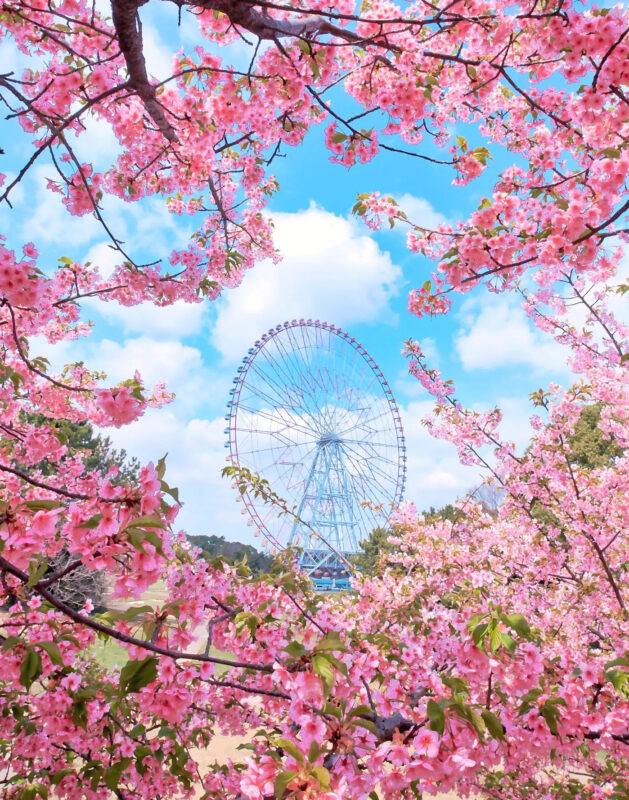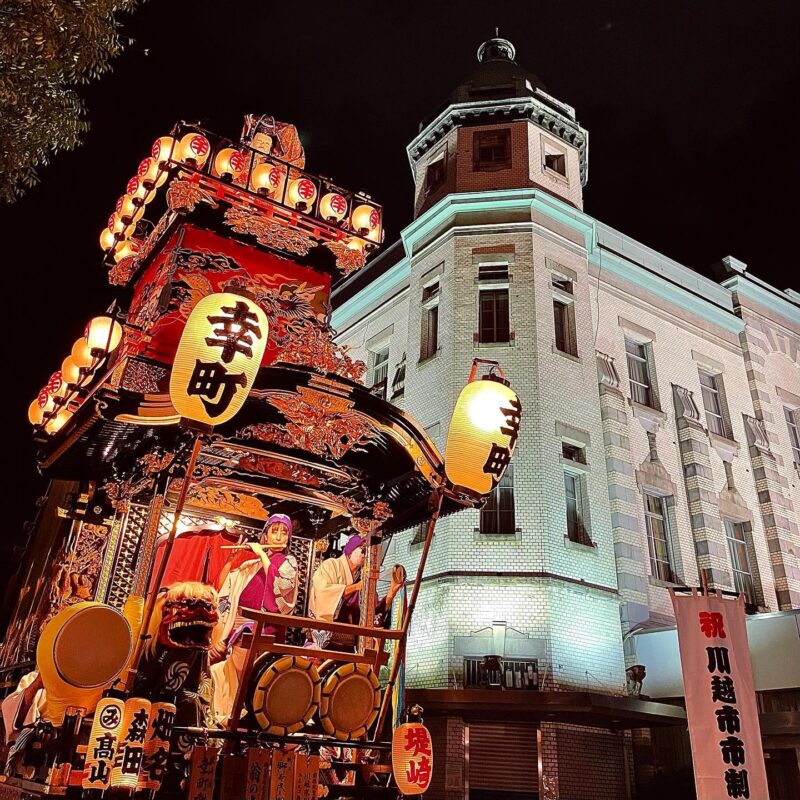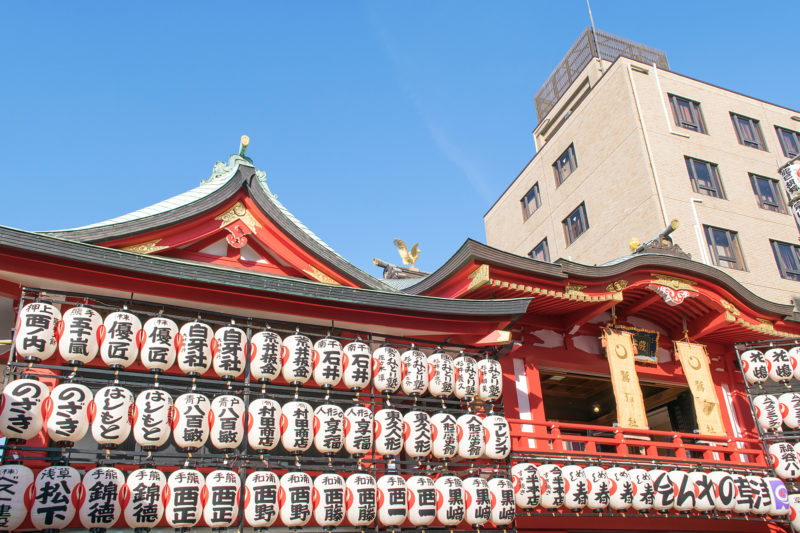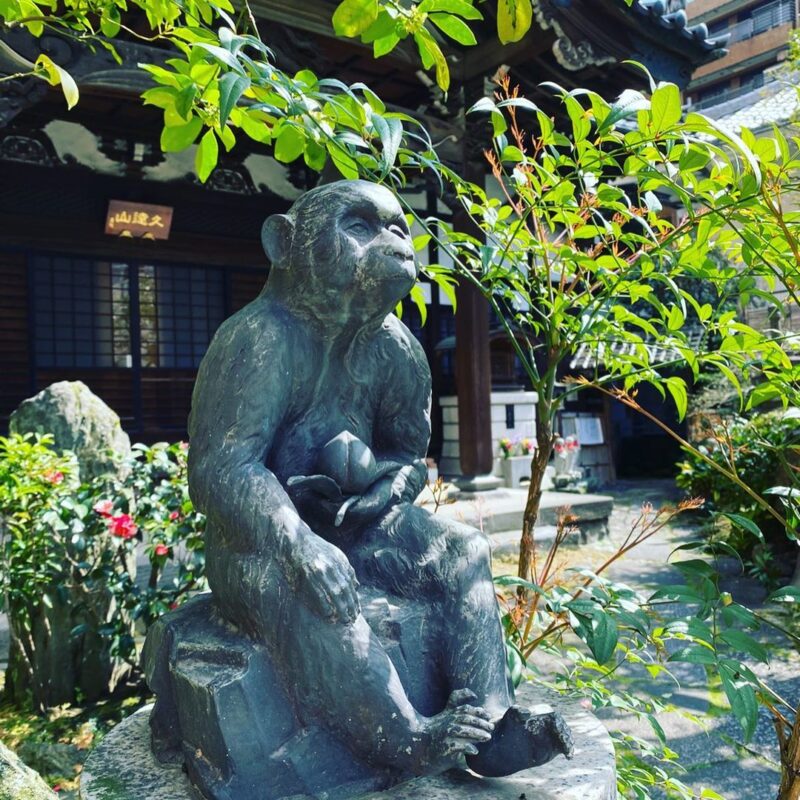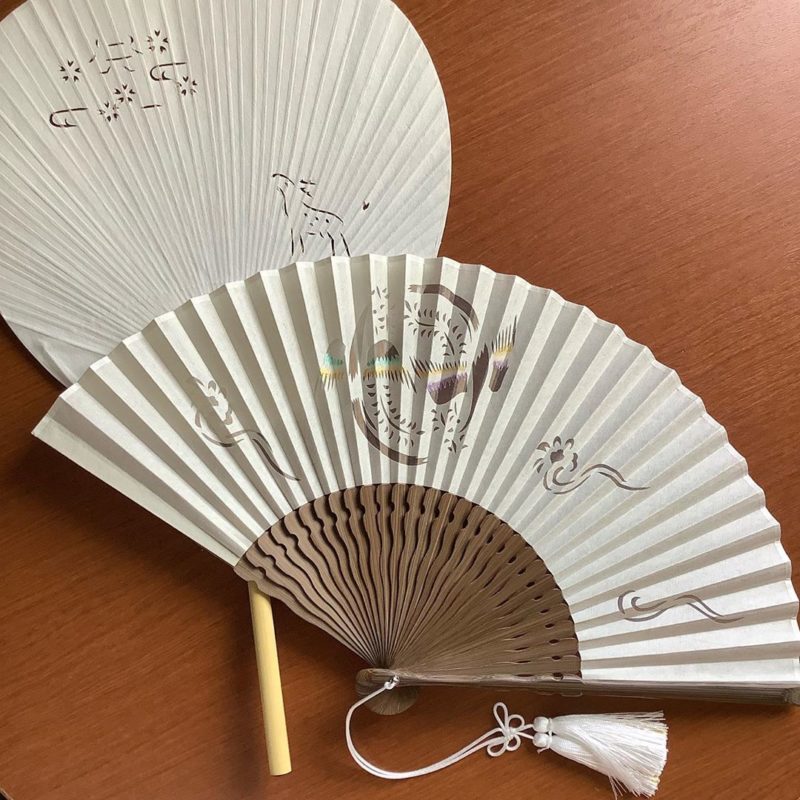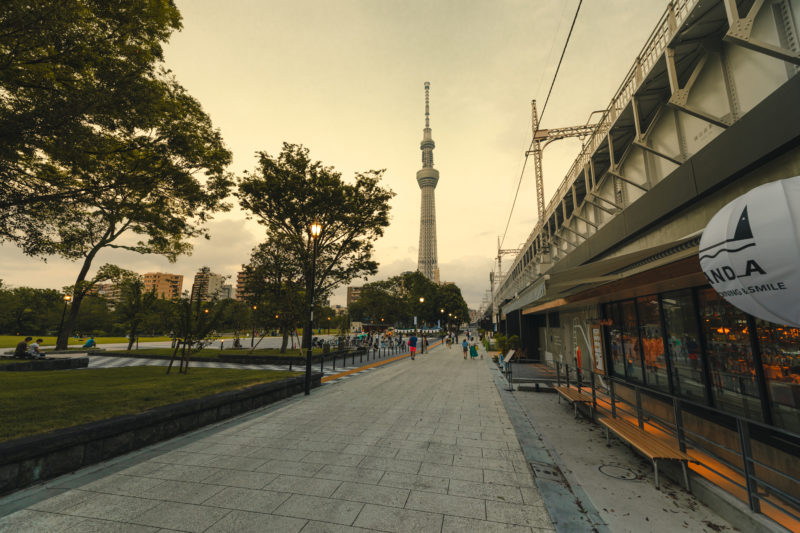3 historical places to visit while strolling around the traditional warehouse district in Kawagoe
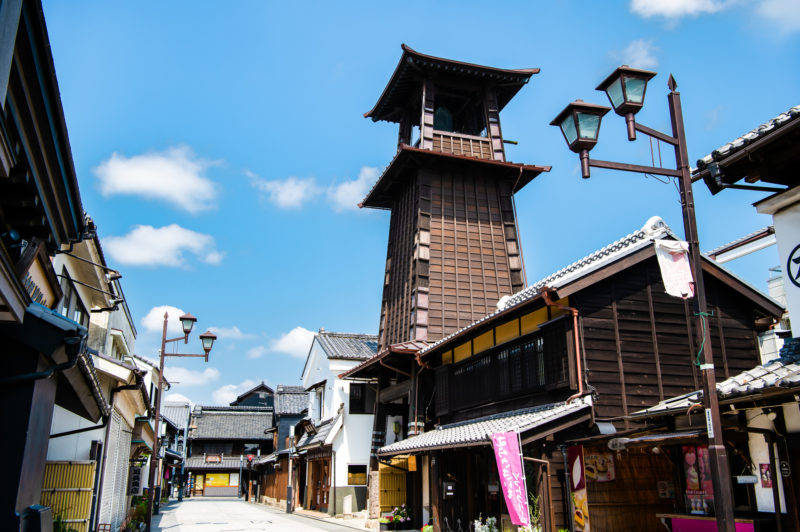
Kawagoe in Saitama prefecture flourished as a castle town of Kawagoe Castle in the Edo period from the 1600s to the 1800s. Called ‘Koedo’ (literally means small Edo), this place is rich in historical tourist hotspots and allows visitors to enjoy traditional warehouse cityscape including ‘Toki no Kane’ (a bell tower) while eating around. Moreover, there are lots of temples, shrines and historic sites related to the Tokugawa clan, who used to rule Japan in the period. This time, we’re going to introduce 3 historic sites, which played an important role in the period, to visit in Kawagoe.
Many important cultural properties touch your heart. -“Kawagoe Kitain Temple” known as ‘Kawagoe Daishi’ and strongly related to the Tokugawa Clan
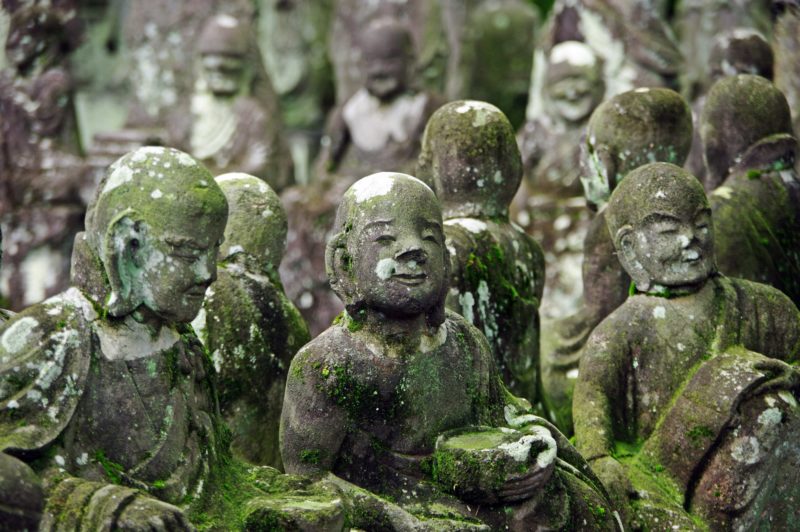
Built in the early 800s, “Kawagoe Kitain Temple” (川越喜多院) is familiar as ‘Kawagoe Daishi’ and crowded with local people even today. Tenkai, who used to be the chief priest of this temple and devoted himself to community development, was on friendly terms with Ieyasu and Iemitsu Tokugawa. When this temple was destroyed by fire, it seemed that Iemitsu ordered to relocate a part of the palace of Edo Castle at this spot. Thus, Kitain Temple has the room where Iemitsu was born and the dressing room where his nanny, Kasuganotsubone, used, the bathroom, the toilet and so on. In addition, ‘500 Statues of Rakan’ (五百羅漢), where over 530 stone Buddhas gather, is also a highlight. It took 50 years from 1782 to create them. All of them have different expressions on their faces such as smile, dozing, raising children.
| Opening Hours | Weekdays 8:50AM – 4:30PM/Sunday and Holidays 8:50AM – 4:50PM *Reception time is until 20 minutes before closing. Opening hours vary depending on the season. |
| Address | 1-20-1 Kosenba-machi, Kawagoe City, Saitama Prefecture |
| Access | A 20-minute walk from Kawagoe Station on the Tobu Tojo line and JR line/A 15-minute walk from Honkawagoe Station on the Seibu Shinjuku line |
| URL | https://www.kawagoe.com/kitain/english/ |
One of Japan’s rare palaces where the shogunate resided -“Kawagoe Honmaru Goten Castle”
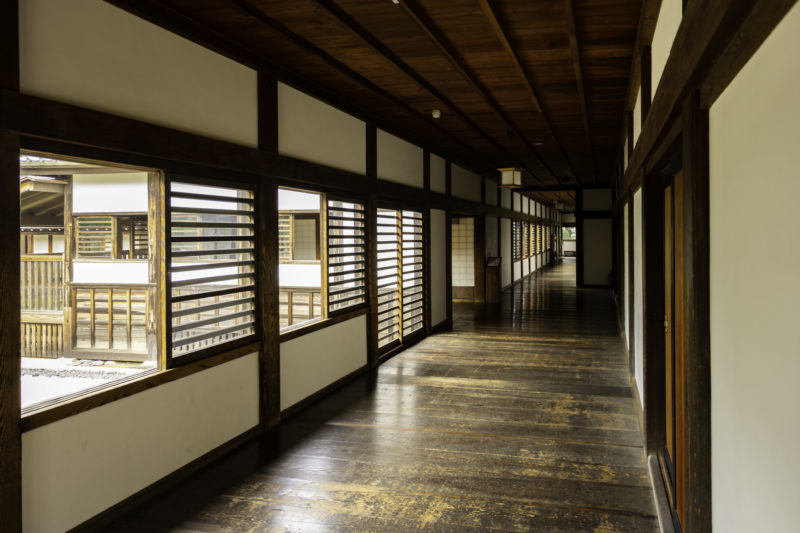
“Kawagoe Honmaru Goten Castle” (川越城本丸御殿) was built in the Edo period as one of the buildings in Kawagoe Castle grounds. Unfortunately, the ex-building ended its role and was dismantled, and the present one was born in 1848. But it consists of the entrance hall, reception hall, and the chief retainer’s office, the only thing remaining from the Edo period, so it’s designated as a cultural property of Saitama prefecture. Don’t miss looking at the long zelkova corridor that extends for about 40 meters and the Japanese-style wooden deck! If you view the traditional Japanese garden while sitting on the deck, you will forget about the hustle and bustle of your daily life. By the way, ‘Mist-blowing Well’ (霧吹きの井戸) was homed at this place. It’s said that fog overflowed from the well and wrapped up the castle when the enemy invaded here. It’s recreated and set at Kawagoe City Museum, so how about stopping by there?
| Opening Hours | 9:00AM – 5:00PM Closed on Monday *You can enter here until 4:30PM. *When Monday is a public holiday, it’s closed on the next day. |
| Address | 2-13-1 Kuruwa-machi, Kawagoe City, Saitama Prefecture |
| Access | A 23-minute walk from Honkawagoe Station on the Seibu Shinjuku line/A 26-minute walk from Kawagoeshi Station on the Tobu Tojo line |
| URL | https://www.pref.saitama.lg.jp/chokotabi-saitama/eng/things/experience/30.html |
The birthplace of Japanese nursery rhyme ‘Tōryanse’ -“Miyoshino Shrine” associated with Kawagoe Honmaru Goten Castle
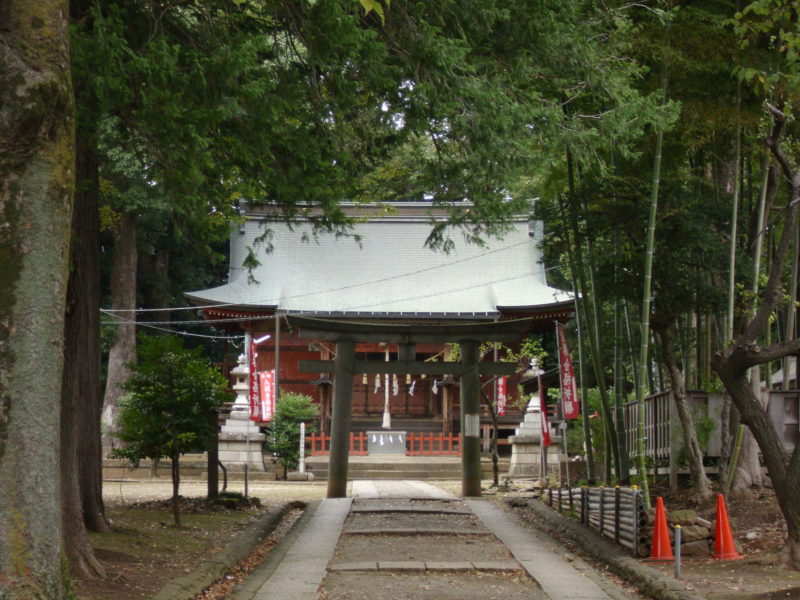
Do you know one of the Japanese nursery rhymes ‘Tōryanse’? Located right in front of Kawagoe Honmaru Goten Castle, “Miyoshino Shrine” (三芳野神社) was the guardian shrine of Kawagoe Castle. Thus, it’s known as the heavenly god of the castle among local people. When the castle ground was expanded, this shrine was incorporated into its ground. In short, this construction made it difficult for the general public to visit. The lord knew people wanted to visit the temple but couldn’t do so, and permitted them to visit only at Shichi-go-san (an annual Japanese festival to celebrate the growth of children). Accordingly, conversations between a gatekeeper and a villager and the approach to Miyoshino Shrine are sung in this song.
| Address | 2-25-20 Kuruwa-machi, Kawagoe City, Saitama Prefecture |
| Access | A 27-minute walk from Honkawagoe Station on the Seibu Shinjuku line/A 27-minute walk from Kawagoeshi Station on the Tobu Tojo line |
| URL | http://koedokawagoe.info/kawagoenavi-e/archives/28/ |
Base of this trip
指定された拠点情報(スラッグ: wh-urawaen)が見つからないか、データが不正です。
